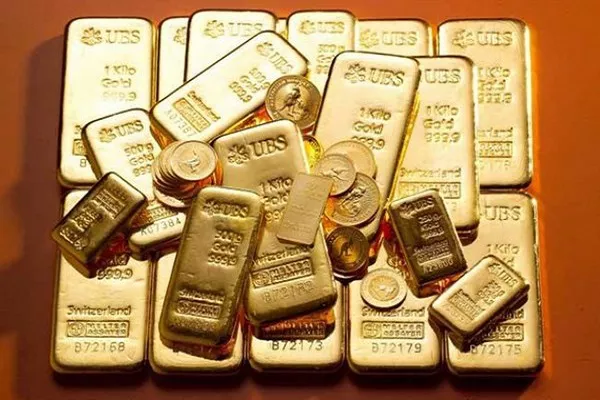Gold Recycling: Understanding the Process, Importance, and Environmental Impacts
Gold recycling plays a significant role in the sustainable use of this precious metal, contributing to the conservation of natural resources and the reduction of environmental impacts associated with gold mining. By understanding the process of gold recycling, its significance in the global economy, and its environmental implications, individuals can gain insights into the importance of responsible gold consumption and the promotion of sustainable practices within the gold industry.
1. The Gold Recycling Process:
The process of gold recycling involves several stages, including collection, sorting, refining, and reintegration into the supply chain. Here is a brief overview of the key steps in the gold recycling process:
Collection: Gold-containing materials, such as electronic waste, jewelry, and industrial by-products, are collected from various sources, including consumers, businesses, and industrial facilities.
Sorting and Preparation: The collected materials undergo sorting and preparation to separate the gold-bearing components from other materials, such as plastics, ceramics, and other metals.
Refining: The gold-bearing materials are subjected to a refining process, involving chemical and metallurgical techniques, to extract pure gold from the complex mixtures, ensuring high-quality recycled gold for reuse in various applications.
Reintegration: The refined gold is reintegrated into the supply chain, where it can be used for manufacturing new products, such as jewelry, electronic components, and industrial applications, contributing to the circular economy and sustainable resource management.
2. The Significance of Gold Recycling:
Gold recycling offers several significant benefits, contributing to both economic and environmental sustainability. Some of the key reasons why gold recycling matters include:
Resource Conservation: Gold recycling helps conserve natural resources by reducing the need for extensive gold mining, which can have significant environmental and social impacts, including habitat destruction and water pollution.
Energy and Cost Savings: Recycling gold consumes less energy compared to the extraction of virgin gold from mines, resulting in reduced carbon emissions and lower production costs for manufacturers using recycled gold.
Waste Reduction: Gold recycling contributes to the reduction of electronic waste and other materials that may end up in landfills, minimizing the environmental burden associated with waste disposal and promoting responsible waste management practices.
3. Environmental Impacts of Gold Recycling:
While gold recycling offers environmental benefits, the process is not entirely without its own ecological footprint. Some of the environmental impacts associated with gold recycling include:
Chemical Usage: The refining process of recycled gold involves the use of chemicals, such as cyanide and mercury, which can pose risks to the environment if not managed properly, leading to water pollution and soil contamination.
Energy Consumption: Although gold recycling consumes less energy than gold mining, the energy requirements for the refining process and transportation of materials can still contribute to carbon emissions and energy-related environmental impacts.
Waste Management Challenges: Certain by-products of the gold recycling process, such as electronic waste components and chemical residues, may require specialized waste management practices to prevent potential environmental hazards and ensure proper disposal.
Understanding the environmental impacts of gold recycling highlights the importance of implementing sustainable practices, efficient waste management strategies, and responsible use of chemicals within the gold recycling industry, aiming to minimize the ecological footprint and promote a more sustainable gold supply chain.
FAQs about Gold Recycling:
1. What are the common sources of gold-containing materials for recycling?
Common sources of gold-containing materials for recycling include electronic waste, old jewelry, dental scrap, industrial by-products, and certain medical and scientific equipment.
2. Is recycled gold of the same quality as newly mined gold?
Recycled gold can be of the same quality as newly mined gold, provided that the refining process is conducted using appropriate techniques and adheres to industry standards for purity and quality assurance.
3. How can individuals contribute to gold recycling efforts?
Individuals can contribute to gold recycling efforts by responsibly disposing of electronic waste, recycling unwanted gold jewelry, and supporting businesses and manufacturers that use recycled gold in their products, thereby promoting a more sustainable gold supply chain.

